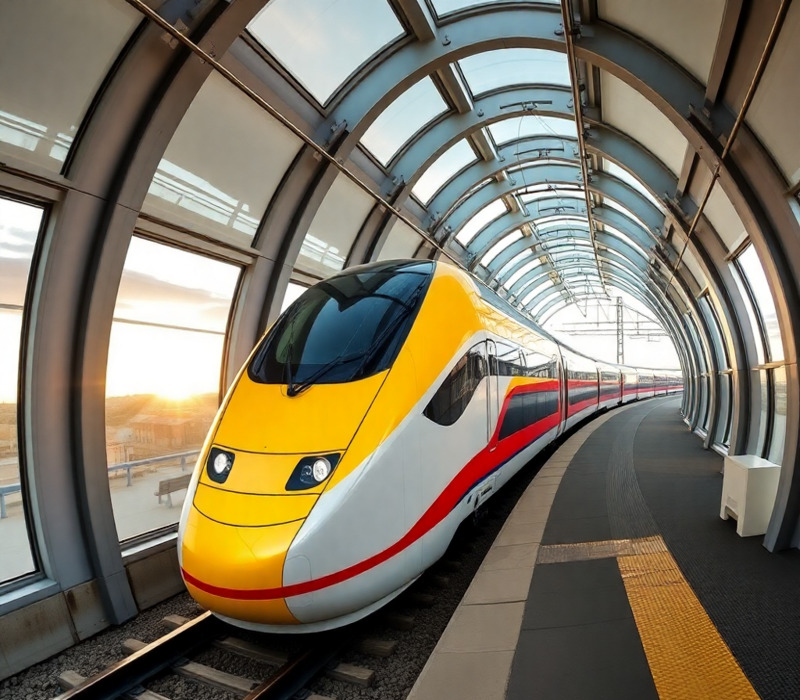Tuesday, March 18, 2025
A groundbreaking high-speed rail network connecting Finland, Turkey, Ireland, Spain, Italy, Greece, and Portugal promises to transform European travel with unmatched speed.
A revolutionary high-speed metro-like rail network could transform travel across Europe.
In a continent with an extensive transport system, it’s surprising that a high-speed, metro-inspired rail service hasn’t been realized until now. However, a visionary new plan is set to change the way people travel across Europe. This bold proposal outlines a high-speed rail network stretching 13,670 miles and connecting 39 key cities, including Helsinki, Istanbul, Kyiv, Dublin, Barcelona, Naples, Athens, and Lisbon, among others.
Capable of reaching speeds up to 250 mph, these trains would not only outperform conventional rail but also be more affordable than many short-haul flights. The network would be 30% faster than both car travel and traditional trains, making travel across Europe significantly more efficient.
The ambitious initiative, led by Kaave Pour—co-founder, CEO, and Creative Director of SPACE10—has been introduced by the 21st Europe think tank. While still in the conceptual stage with no set launch date, the plan for this transformative European rail system is steadily gaining attention and support.
The Starline project envisions drastically reducing travel times. For instance, the journey from Helsinki to Berlin, which usually takes a full day, would be reduced to just three hours. Similarly, the once overnight trip from Kyiv to Berlin would be streamlined into a comfortable and fast ride. Even the typically slow route from Milan to Munich would be completed in just a few hours.
The Starline network plans to feature a station in every country, linking destinations from the UK to Turkey and Ukraine, without depending on national rail systems.
Each station would showcase the local culture, with spaces like concert halls and museums reflecting the city’s distinct identity while also promoting a unified European experience.
Passengers would enjoy modern amenities such as cafés, family-friendly areas, and quiet zones for work or relaxation. Unlike traditional trains, Starline would function more like a metro system, removing the need for class divisions and enhancing the passenger experience.
Beyond passenger travel, the Starline project also addresses Europe’s freight transport needs by cutting down on short-haul flights and alleviating congestion on roads.
Tags: european travel, finland, greece, High-Speed Rail, innovation, ireland, Italy, Portugal, spain, Transportation, Travel Network, Turkey
